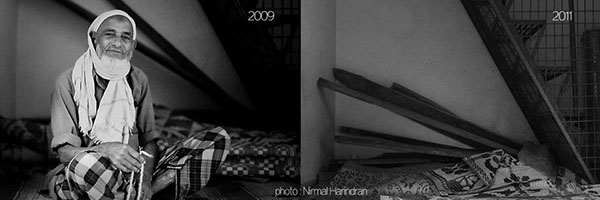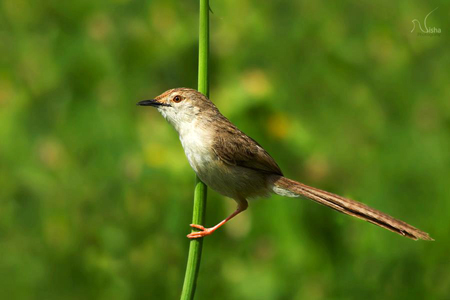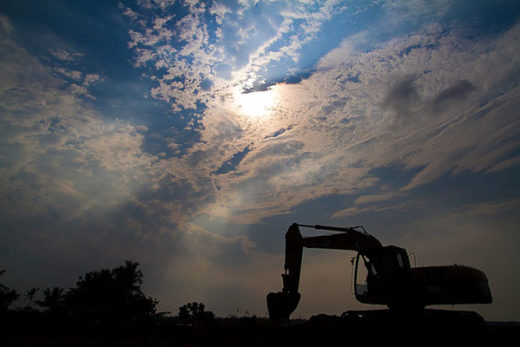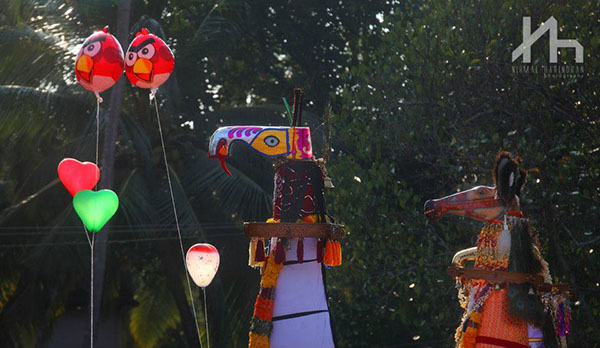
Nirmal Harindran has an uncanny eye for spotting the shot, as is evident from his works. Hailing from the city of looms and lores, Kannur, Kerala, Nirmal is a no-nonsense photographer who knows what he wants to do and achieve. Here we are in talks with the talented photographer about his vision, works and mode-of-operation.
Q. I have read that for you photography was not a choice but a need. What made you shoulder the camera bag?
A. My interest for visual media started from those documentary movies that I watched during my childhood. I had an idea that visual media had a great influence among people and as a child I used to imagine myself being in the centre stage holding that camera which enables people to see the world.
Yes, this was a need for me.
Q. Are you self taught?
A. I haven’t been in a school for photography. I started with my camera and I was helped by a few mentors through my assignments.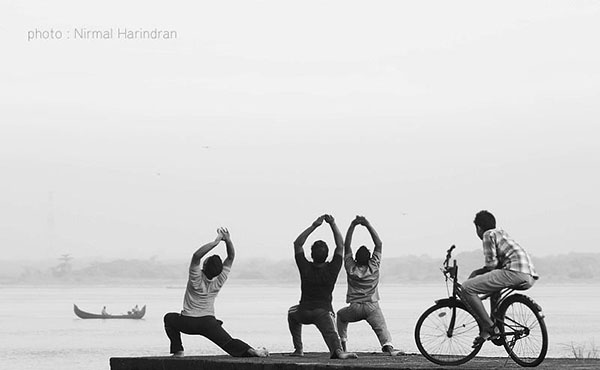
Q. What kind of gear do you use?
A.
Body– Canon 5D Mark-II
Lens– Canon 70-200mm f/4 , canon 17-40mm and canon 40mm f/2.8
Flash-none
Tripod– Simpex 880 tripod that can hold up to 5kg
Camera Bag– Lowepro pro-runner 300 aw and 200 aw
Filters– UVs
Others– A third party remote trigger.
Q. When you go for your travels,what all do you take with you?
A. In addition to my gear, LED torch light with head band, first aid kit, minimal clothes and utility phone. In case spot reporting is needed, a laptop computer.
Q. Is there any gear that you regret buying?
A. I don’t think that I regret buying any gear. Everything becomes useful in one way or the other.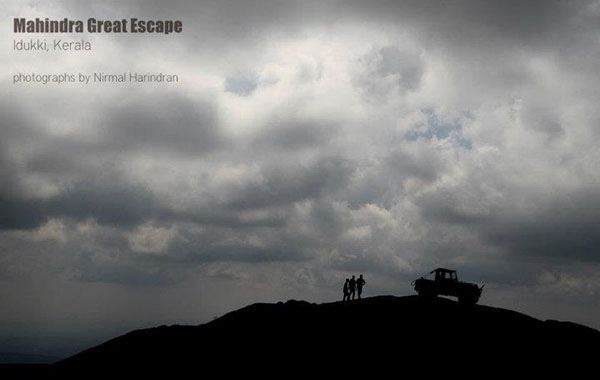
Q. During your travels, what settings are your camera on?
A.
Mode – Manual
File – RAW for travels, RAW+JPEG in case of reporting
White Balance– Auto
ISO– conditional
Choice of Focus – AF that enables multiple shots
Q. The biggest challenge for a travel photographer, from my viewpoint, is that catch-worthy-moments gets over in a split second. I am curious to know how you prepare yourself and your camera to such situations.
A.
I always try to attain a point of invisibility. I manage this sometimes by shooting in live view.
By this way I often find people less interested in me when I’m actually not looking through the viewfinder. I try to project myself as checking some setting in my camera and then I wait for that moment when people are no longer conscious of me holding the camera in their vicinity.
On other times when there is action to capture, there are no methods to it, I just keep clicking and the timings comes as pure reflex.
Q. Being a travel photographer, what do you like the most?
A. The attention you get being an outsider, the local people and the freedom of being able to work on a fresh identity among new friends.
Q. How do you post process your shots?
A. I use Digital Photo Professional for processing the raw files and Photoshop for further color correction and file-info recording.
Q. Is there one favorite shot among your collection?
A. There is never a stable favorite shot. The more I start looking at my favorite images, the faster I lose interest in them. So I always want to create something new to become my new favorite.
Q. Whose work has influenced you the most?
A. Sebastiao Salgado and Noriko Hayashi
Q. According to you, what defines a travel photographer?
A. To be frank, it is difficult to define a travel photographer. It is more exciting to be undefined.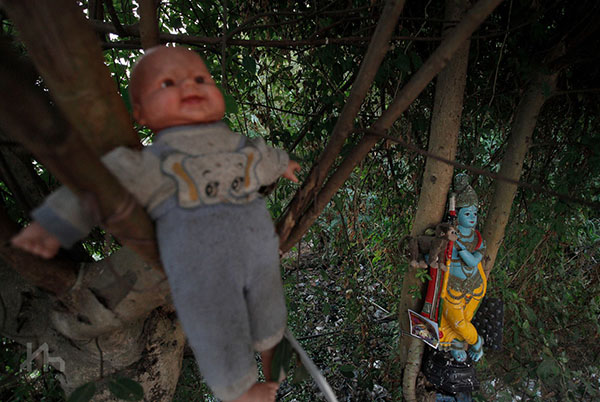
Q. Is there something you wish you knew when you started photography?
A. I wish I had the courage to spend more time with negatives. By the time I started with film, time was already running out and digital revolution had kicked in. I still feel sad that I could not really explore the film format in the beginning. So I do so now as a hobby.
Q. Can you talk a little bit about making a career in your field?
A. Making a career is much more tougher than it used to be when I started. I think we are going through the phase of media revolution where photography is just like many other technical art forms that have become increasingly simpler and and hence more social.
Mediocre photogs will find it more difficult. Either we have to work in the lowest grade or else put in the highest standards possible.
Either way this is good for the medium. But it is not so good when you get a lesser share of the fruit. But I think that is how it has to be. Earning your bread from photography may become a luxury in the future.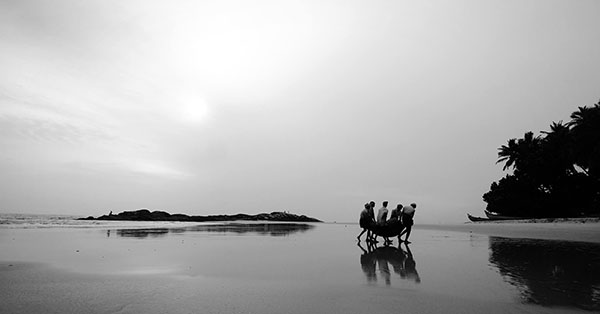
Q. I have seen many photogs doing wedding photography to fuel their real passion. Have you considered anything like that?
A. I do weddings at times. As I said, during my graduation days I used to work in a studio after class. So I have that background and I still do that at times for the money.
Q. One final question. Among your photographer friends, whom do you find inspiring?
A. Among my close friends i love the works by K R Sunil. I love the way he document.
Our Favorite Nirmal Shot
